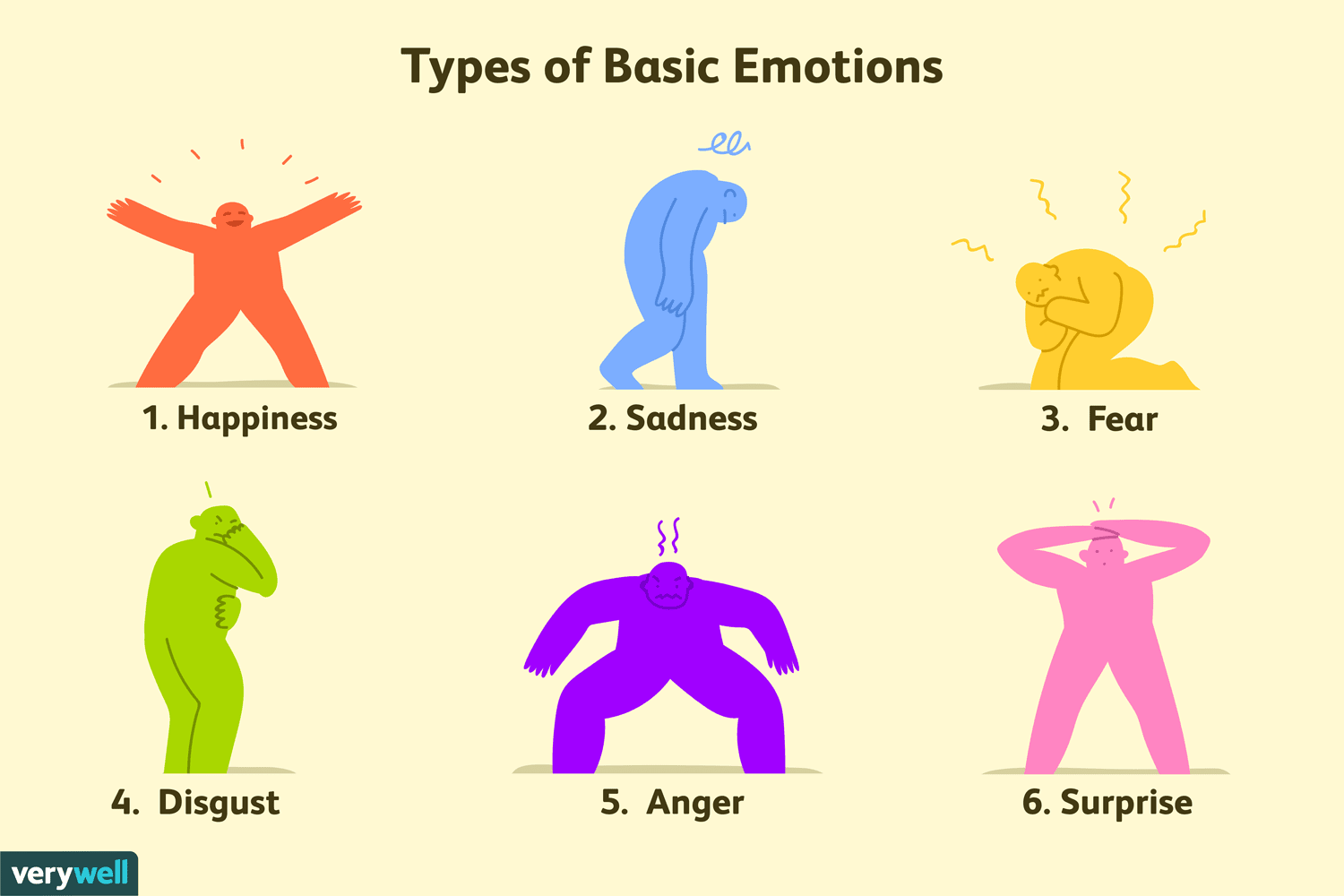Defining the word 'emotion' has been a problematic task throughout the last decades. Before reviewing what the American Psychological Association (APA) says in this regard, I wanted to check different dictionary definitions that may bring the concept closer to a general audience.
CAMBRIDGE: According to the Cambridge Dictionary (Cambridge University Press & Assessment, n. d.), an emotion could be "a strong feeling, such as of love, anger, fear, etc.", a definition that is already controversial because of the use of the term 'feeling'.
COLLINS: Something similar is found in the Collins Online Dictionary (Collins, n. d.): "An emotion is a feeling such as happiness, love, fear, anger or hatred, which can be caused by the situation that you are in or the people you are with". This second part of the definition gives us more revealing information: that a situation or an agent is needed.
OXFORD: The most complete description of emotion belongs to the Oxford Reference portal (Oxford University Press, n. d.): "A state of arousal that can be experienced as pleasant or unpleasant. Emotions can have three components: for example, fear can involve an unpleasant subjective experience, an increase in physiological measures such as heart rate, and a tendency to flee from the situation provoking the fear."
APA: The APA, in one of his handbooks of emotions (Dess, 2010) already introduces these three mentioned key elements of an emotional reaction: a subjective experience or stimulus, a physiological response, and a behavioral or expressive response. The thoughtful definition of 'emotion' they bring is: “A relatively brief episode of synchronized evaluative physiological, behavioral, and subjective responses" (p. 3).
EMOTION VS FEELING/MOOD: The APA handbook also indicates the difference between 'emotion', 'feeling', 'mood', and 'affect' (Dess, 2010, page 3). Whereas a feeling is a (often more rational) subjective experience associated with an emotion, a mood is a general state that lacks stimuli and has no starting point (The Science of emotion, 2019, p. 4), and an affect could encompass both, or groups of emotions.
FUNCTIONS: The functions of emotions are relevant and comprise: an increase, decrease, or regulation of arousals, and motivation or organization of behaviors (Dess, 2010, p. 3). Emotions had an adaptative and survival role during our existence, and the above-mentioned physiological responses are likely influenced by this factor (The Science of emotion, 2019, p. 6).
BEHAVIORAL RESPONSES: The expression of emotion is the behavioral responses, which are meaningful to others to show how we feel, and also for our well-being. What is more, the suppression of behavioral responses could have physical effects on us (The Science of emotion, 2019, pp. 6-7).
FACIAL EXPRESSIONS: There is also a consensus about the significance of facial expressions, which make emotions much stronger. It seems to exist a universal consistency of facial expressions (especially of the six basic emotions), but slight differences can be found due to socio-cultural and individual lives. This cross-cultural coincidence disappears if we talk in terms of the intensity of the emotional responses (Dess, 2010, pp. 6, 10).
BASIC EMOTIONS:
The first group of emotions is the broadly named 'basic' emotions. Paul Ekman indicated six different ones according to the different facial expressions: fear, happiness, anger, sadness, disgust, and also surprise, which has been questioned by many other theoreticals leaving most of them only five basic emotions (The Science of emotion, 2019, p. 8). There is not a total agreement about the composition of this select group. For example, the APA introduces interest instead of surprise. Robert Plutchik added two more (anticipation and trust), but recent studies also consider the possibility of four states, unifying anger with disgust and surprise with fear. Some of the classifications take into account neurochemistry parameters to determine the number of emotions, and others use dual dimensions like pleasure/displeasure or activity/inactivity. Basic emotions happen automatically, and as Darwin already said, they have a biological and adaptative role (The Science of emotion, 2019, p. 8; Dess, pp. 5-6).
COMPLEX EMOTIONS:
Beyond the basic emotions, we find the ones known as 'complex' emotions. A good definition of a complex emotion is “Emotion that is an aggregate of two or more others”, such as grief, jealousy, or regret. They have differing appearances and are not easily recognizable (they do not have recognizable expressions either) (The Science of emotion, 2019, p. 10). Other emotions are the ones sometimes called self-conscious and social emotions, like shame, guilt, pride, envy, or empathy. These depend highly on the cognitive development of the individual (Dess, 2010, p. 6).
